Tel Dan in the Bible is the city of ancient Dan, also known as Laish or Leshem. It is mentioned in the Bible in several passages, particularly in the context of the tribal history of Israel. Its significance lies in its location as the northernmost city of the land allotted to the Israelite tribe of Dan. Here are the key biblical references to the city of Dan:
Golan Day Tour
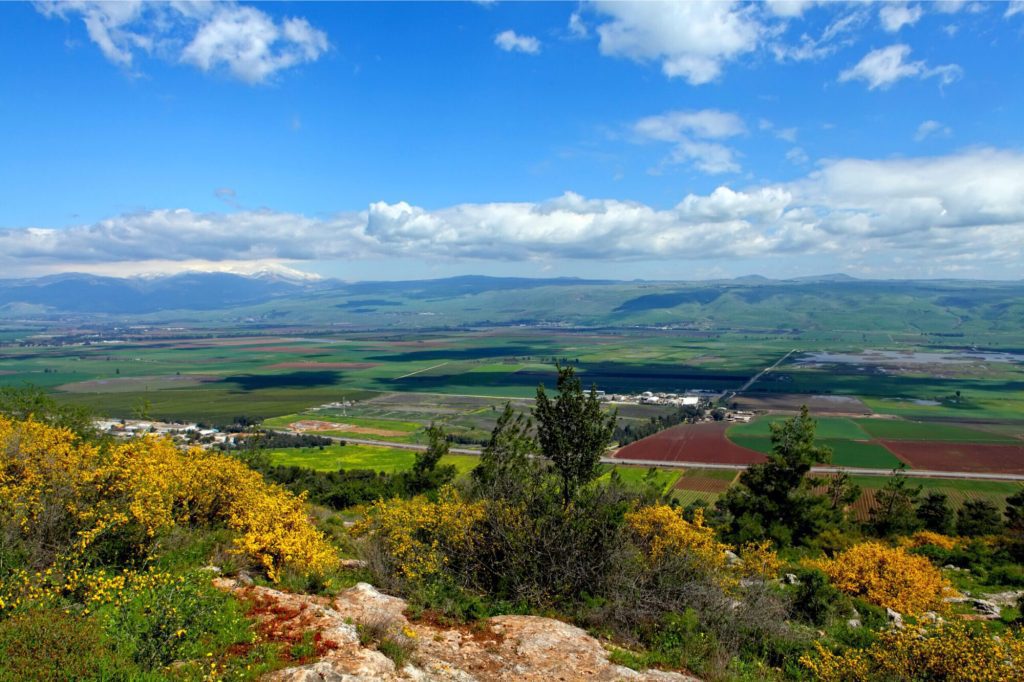
Judges 18:27-29:
One of the first times Tel Dan is in the Bible is the Book of Judges! It recounts the story of the migration of the Danites from their original inheritance in the south to the north, where they sought a new territory. Furthermore, Judges 18:27-29 describes how the Danites conquered the city of Laish (Dan) and renamed it Dan after their ancestor. The passage also notes that the city was situated in the territory of the Sidonians.
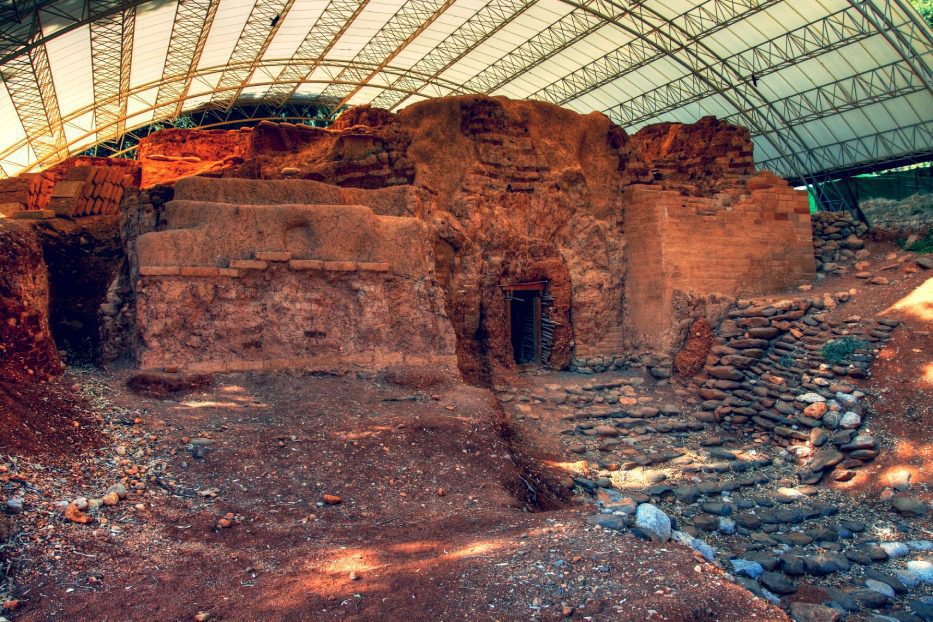
Judges 18:30-31:
The final verses of Judges 18 mention the establishment of an idolatrous shrine by the Danites in the city of Dan. This location became a center of worship for the tribe of Dan, marked by the presence of the graven image that they had taken from Micah’s house.
Tal Dan Stele
Tel Dan in the Bible – Judges 20:1:
So in Judges 20, the city of Dan is mentioned as part of a larger account of the civil war between the Israelite tribes and the tribe of Benjamin. The Israelites gather at the sanctuary of Bethel before inquiring of God about their course of action.
Tour of Tel Dan and Banias
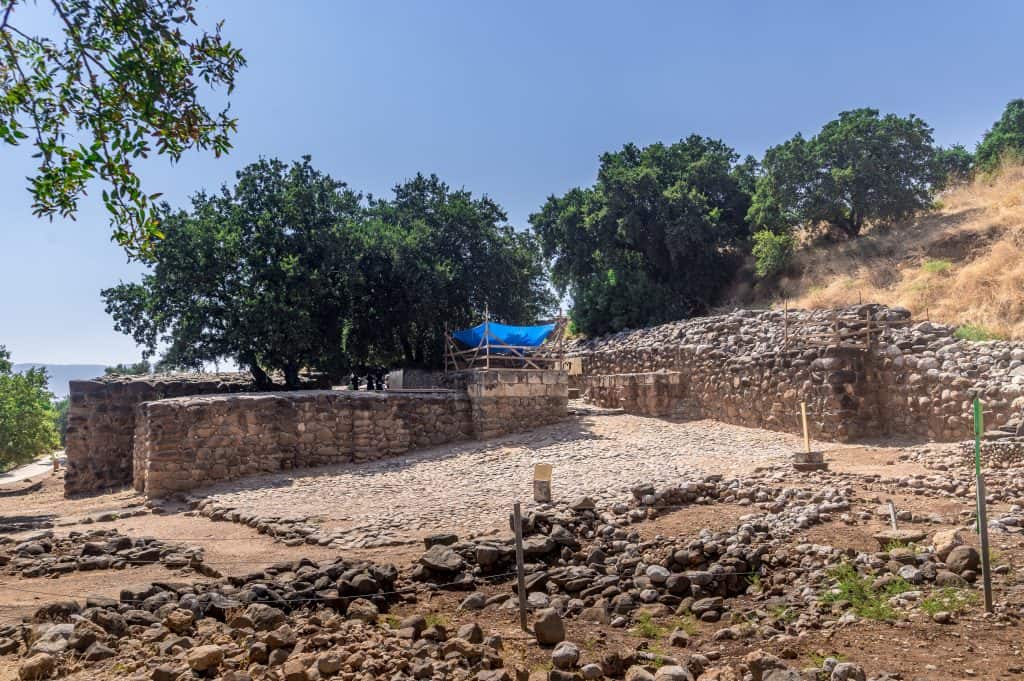
Tel Dan in the Bible – 1 Kings 12:25-30:
After dividing the United Kingdom of Israel into the Northern Kingdom of Israel and the Southern Kingdom of Judah, King Jeroboam, I established a golden calf at the city of Dan as an alternative place of worship. So he did this to prevent the people of the northern kingdom from going to Jerusalem, which was in the southern kingdom. This act of establishing unauthorized places of worship became a symbol of apostasy and rebellion against the true worship of God.
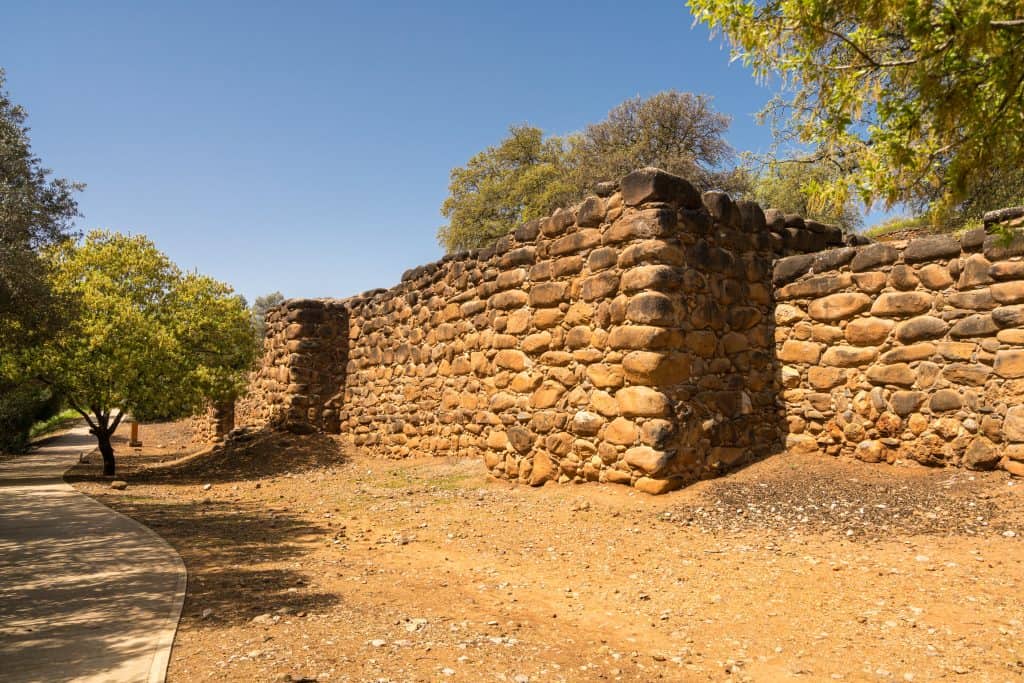
Tel Dan in the Bible – Amos 8:14:
The prophet Amos mentions the city of Dan in Amos 8:14 as one of the locations where the people of Israel had set up idolatrous altars. This reflects the ongoing issues of idol worship associated with the city.
Tel Dan Nature Reserve
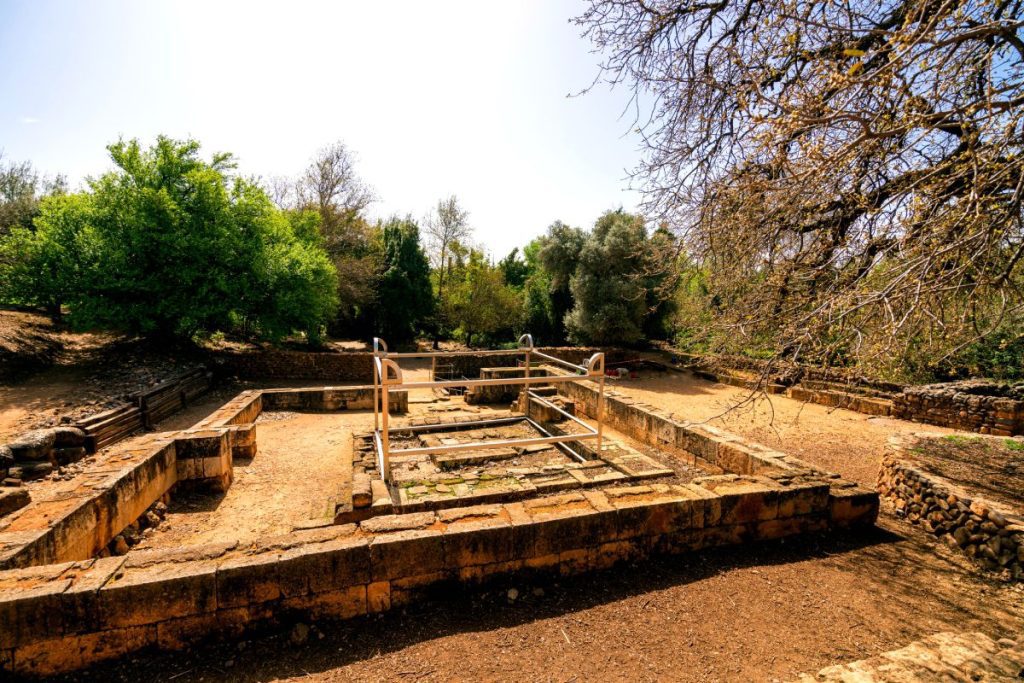
In summary, the city of ancient Dan played a role in the history of the Israelite tribes, particularly the tribe of Dan. It is associated with migration, conquest, and the establishment of an alternative place of worship, which had spiritual and cultural implications for the people of Israel. So the city’s biblical references contribute to the larger narrative of the Israelites’ journey, their struggles with idolatry, and their connections with different geographical regions within their inheritance.







